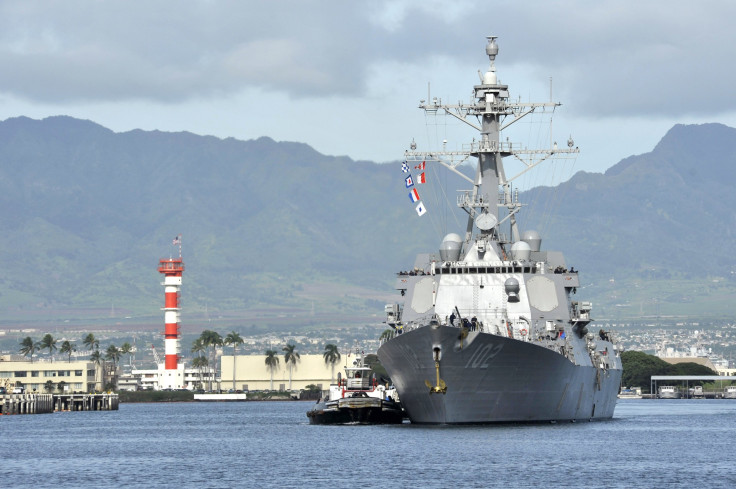Australia Eyed To Permanently Host US Navy Warships – US Admiral

Australia may soon become a focal point in the U.S.’ military operations in the Western Pacific as it is being eyed to permanently host the navy warships of one of its most important allies.
Jonathan Greenert, U.S. Chief of Navy Operations, was in Australia earlier this week, visiting and inspecting the country’s port facilities. He particularly checked out a port in Darwin, studying if it can hold the amphibious ships of the U.S. Marines.
The U.S. is currently implementing its “pivot-to-Asia” strategy where it seeks to deploy by 2020 as much as 60 percent of its naval forces in the Asia-Pacific region. China had blasted the policy, describing it as containment efforts to control its military expansion plans into the Indian Ocean and South China Sea. "We're doing a study together with the Australia Defence Force to see what might be feasible for naval cooperation in and around Australia, which might include basing ships," Greenert said during a speech on Tuesday at a university in Canberra.
Greenert said the navy base in Australia will hold warships that will become part of an Amphibious Ready Group, acting as support group to a Marine Air Ground Task Force, according to WSJ. These groups will include a large amphibious assault carrier and two smaller helicopter carriers.
In 2012, Australia began receiving U.S. Marines in Darwin but only on a rotational basis. About 200 U.S. Marines were deployed in the first rotation. In 2014, about 1,100 U.S. Marines were there. The numbers are expected to increase to as many as 2,500 U.S. Marines over time.
Rosita Dellios, an associate professor of international relations at Bond University on Australia’s Gold Coast, quoted by Bloomberg, said Australia is an important player because the “Indian Ocean is becoming a geostrategic hot spot.” Australia, one of the Oceania countries is located between the South Pacific Ocean and the Indian Ocean.
Apart from Australia, Singapore and New Zealand are likewise being eyed to become part of the U.S.’ marine strategy in the Asia-Pacific region. The U.S. Navy targets to deploy small vessels called littoral combat ships to Singapore. Greenert said he’s scheduled to meet Rear Adm. Jack Steer, his New Zealand counterpart, to discuss NZ’s strategy. New Zealand participated in the Rim of the Pacific exercises in Hawaii in 2014. It has likewise supported U.S. operations in the Middle East. "I've wanted to understand his maritime strategy and what his long-range plan is for the navy," Greenert said.
To report problems or to leave feedback about this article, e-mail: e.misa@ibtimes.com.au.





















